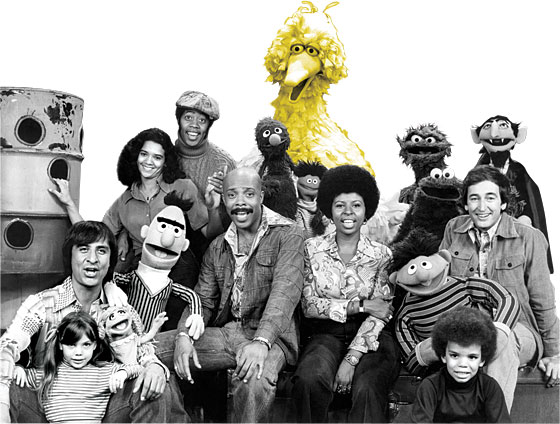 by Corey Alderdice
by Corey Alderdice
The black and white television in the spare bedroom of my grandmother’s house had a twice-daily appointment during my childhood: Sesame Street. Shortly after consumption of a bowl of cereal in the mornings and somewhere just beyond nap-time and reruns of the A-Team in the afternoons came my daily childhood instruction.
Over the years, our furry friends from that fictional New York borough have built quite the pedigree (122 Emmy wins and broadcasts in 140 countries worldwide). In addition to being woven into the very fabric of American culture, the folks at the Workshop have another milestone to celebrate next week: 40 years of television history. Since it’s inception four decades ago, Sesame Street has made a lasting impression on countless children who are now well into adulthood. When the show began, the landscape of both television and culture were very different.
The New York Daily News sums it up nicely:
The groundbreaking show, produced by the Children’s Television Workshop and a staple of public broadcasting, was years ahead of its time in promoting values that are now taken for granted in many places – accepting and appreciating diversity, not making assumptions based on gender, and being sensitive to cultural and economic differences, are all ideas the show emphasized before it was fashionable to do so.
The show has changed over the years in many ways. What was once a program intended to supplement learning for inner city children has become a cultural mainstay.

